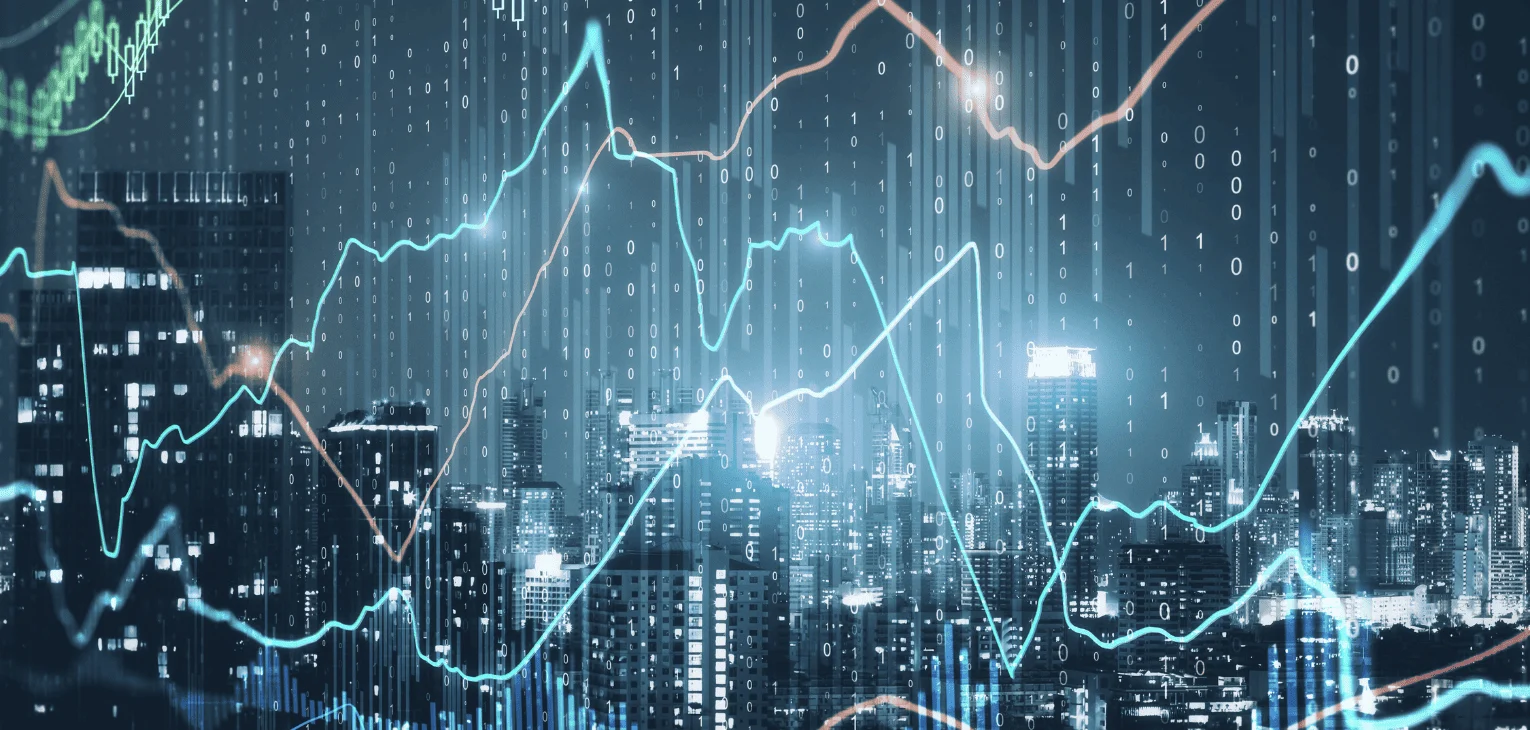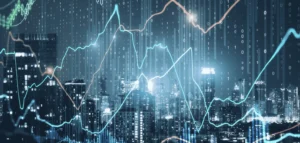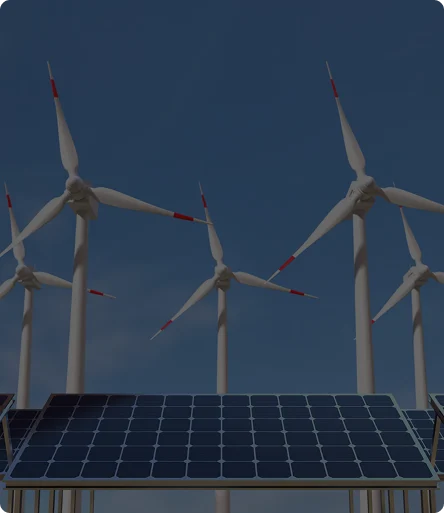It is one of the well-known phrases attributed to Dostoevsky, “We all came out from Gogol’s overcoat.” It is rumored that Dostoevsky stated, referring to Gogol’s short story “The Overcoat,” that the era of Russian literature’s realism movement began with the story of Akakiy Akakiyevich, an ordinary clerk, and his quest to buy a new overcoat.
The portrayal of an ordinary person’s ordinary desire as an extraordinary reality is the essence of the short story “The Overcoat.” When we acknowledge this story as a starting point, we must also acknowledge that this starting point has indeed yielded numerous extraordinary works in Russian and world literature.
When we consider algorithmic trading in electricity markets, one thing we must accept is that all algorithms have essentially emerged from the overcoat of the best-becoming algorithm.
Looking at it, in trading markets, we can replace Akakiy Akakiyevich with market participants’ bids and replace the desire to buy an overcoat with the desire to always have the best price. Being able to have the best price is one of the most ordinary desires that can be defined for a trader because only when you have the best price can you match with another bid on the other side of the order book. Therefore, this desire is one of the most ordinary desires that can be defined in the market. However, in today’s reality, doing this manually by continuously updating prices has become almost impossible. With advancing technology, algorithms are now competing with humans or other algorithms in all continuous trading markets. In this context, we must accept that it has become almost impossible to do this manually.
Imagine sitting at your screen, wanting to take a long position, looking at the best bid price, and placing a buy order just above that bid price. If this were 10 years ago, you might have been able to enjoy the thrill of having the best bid for a while. But today, this thrill lasts at most 50 ms, if you’re lucky. Most of the time, when your order reaches the order book as the best bid, it’s already no longer the best bid in the market. Moreover, imagine this happening simultaneously in 20 contracts you are managing. For a trader who trades manually, this issue, which resonates with great drama in every aspect, has become a mundane reality today. Because at any given moment, many best-becoming algorithms, or derivatives of these algorithms, are trying to be the best in the market.
Best-becoming algorithms are the first algorithms that constitute today’s extraordinary ordinariness. Almost all algorithms are derived from the best-becoming algorithms, which is to say, all algorithms emerge from the overcoat of the best-becoming algorithm. Once you understand and start using the best-becoming algorithm, you enter the world of algorithmic trading. Best-becoming algorithms are very simple, like Gogol’s Overcoat, they are read quickly, work quickly, and have a single purpose: to be the best. But the impact they create is enormous. They not only change the markets but also offer two very important opportunities for the trader using them: (i) entry into the algorithmic world, and (ii) the ability to think about and develop new algorithms. If there were no overcoats, perhaps we wouldn’t have been able to read “War and Peace” or “Crime and Punishment”. If there were no Best-Becoming Algorithms, we probably wouldn’t be talking about position-balancing algorithms, flexibility trading algorithms, or speculative trading algorithms today. For all these algorithms to evolve, it was necessary to first develop the best-becoming algorithms. Ultimately, it was the traders who used the best-becoming algorithms who developed them, who primarily used the best-becoming algorithms, observed the behaviors of the markets as they used them, tried new ideas for new trading strategies based on these algorithms, and continued to do so.
Best-becoming algorithms are perhaps the simplest form of all algorithms. It suffices for the trader to define the volume they want to trade and the maximum or minimum target price they want to compete for as parameters. Of course, when we think about today’s algorithms, defining a few more parameters can make the behavior of the algorithms more sophisticated. Still, essentially, we can say that these 2 parameters cover 80% of the need. For instance, if you aim to purchase 20 MWh above the day-ahead market price across all open contracts, utilizing smartPulse’s “Become Best” algorithm instantly ensures securing the best position in all contracts with a mere 60-second setup time. The initial setup is quick, and subsequent adjustments are even faster, streamlining the process for ongoing efficiency. Once you’ve set up the best-becoming algorithm, you can sit back and focus on something more extraordinary if you have it.
There is something we often repeat to newly onboarded clients, starting with using best-becoming algorithms for algorithmic trading. It will add more than you expected. Then, we would be delighted to develop any algorithm you desire. Because the algorithm you want to develop will be a derivative of the best-becoming algorithm. If you understand how this algorithm works and what impact it has, the algorithm you want to develop will be more tailored to your needs and commercially effective. But first, try the best-becoming algorithms. Based on our experience, we can say that clients who start trading with best-becoming algorithms enjoy algorithmic trading much more than others. In the last 2-3 years, we have experienced this process with traders from different markets and countries. When we look at the current picture, it is possible to say that those who make a difference continue to use the best-becoming algorithms, after all, doesn’t everyone have at least one classic from Russian literature in their library?
Ali Güleç









